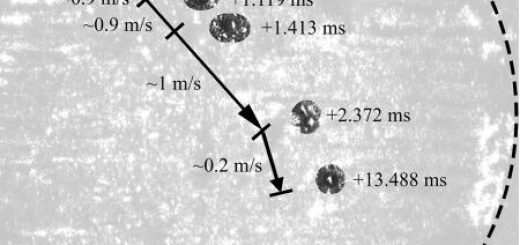The Power Of Partnership In 3D Printing: Impossible Objects And BASF
Disruptive digital-industrial technologies break down traditional barriers; new partnerships and collaborations are the fastest way to exploit their full potential.
 Impossible Objects’ new CBAM-2 3D printer. IMPOSSIBLE OBJECTS
Impossible Objects’ new CBAM-2 3D printer. IMPOSSIBLE OBJECTS
Additive manufacturing, or 3D Printing, is no exception. The partnership between 3D Printing startup Impossible Objects and chemical giant BASF, announced last month at the RAPID + TCT additive manufacturing conference, is a case in point.
Additive manufacturing has already demonstrated its potential: with 3D printing you can build parts that are lighter, stronger, simpler to assemble, more easily customized. The automotive and aviation industries have been early adopters (lighter parts means less fuel consumption), and we already have 3D-printed medical implants, shoes, and drones components.
The challenge now is scaling: getting 3D printing to the point where it can produce larger volumes, faster and at competitive costs compared to traditional manufacturing techniques like injection molding and CNC machining.
To scale, says Bob Swartz, Founder and Chairman of Impossible Objects, 3D printing needs to produce at higher speed and lower cost. To get there, Impossible Objects has developed a thermal inkjet technology that leverages the high speed of a 2D graphics process to build composite parts at a faster pace. To give a sense of how this technology can accelerate production, Bob Swartz likens it to a newspaper’s printing press.
At RAPID + TCT, Impossible Objects unveiled its new generation 3D printer, the CBAM-2, capable of faster printing on a larger area with high-strength composites. The new machine has bulk ink cartridges and automatic powder filling, giving it greater autonomy between refills. “It’s a very significant improvement. It gets us closer to our goal of ‘set it and forget it’” says Bob Swartz.
Source:Forbes




Recent Comments